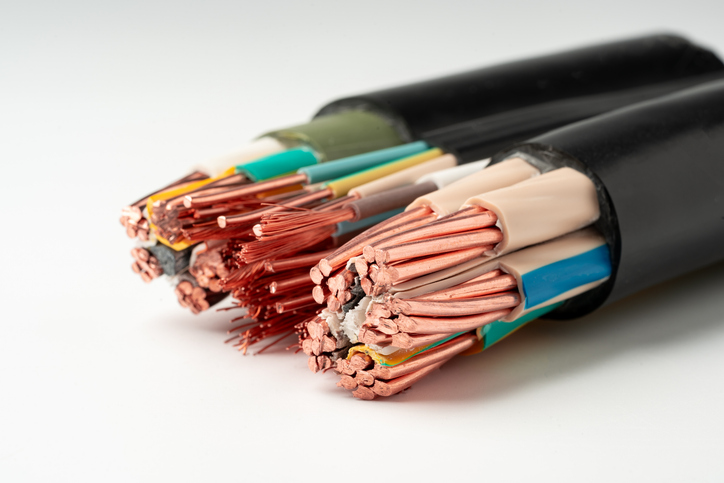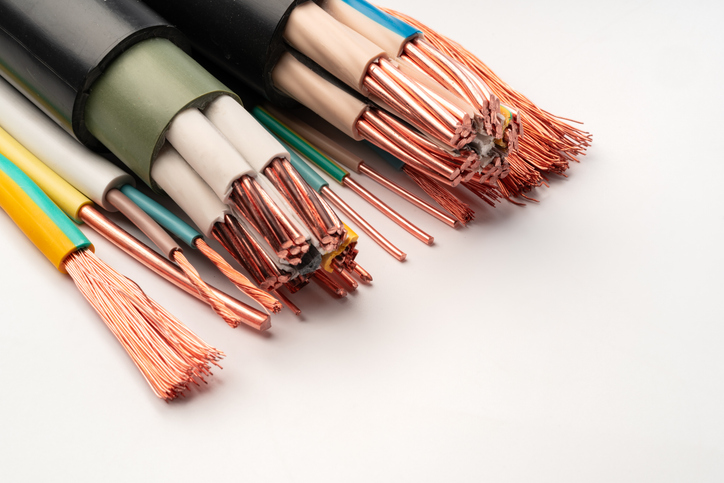Twisted Component Cable Constructions
Understanding Twisted Component Cable Constructions: Enhancing Flexibility and Performance
Cables composed of twisted components generally offer superior flexibility compared to parallel conductor cables. The desired electrical and physical properties can be achieved by varying the type, grouping, and position of individual conductors and components within the cable. Twisted cables fall into two main categories:
Bunched Cables
Bunched cables consist of several conductors twisted together. This construction method utilizes twinning, quadding, and bunching machines to achieve the desired configuration. The result is a flexible and durable cable ideal for various applications.
Concentric Cables
Concentric cables, fabricated on rigid bay and planetary cablers, consist of a central component, such as a filler, single wire, or cable group, surrounded by one or more layers of helically laid wires. If the direction of lay reverses on each layer, the construction is called "true concentric." If the direction of lay remains constant, it is known as "unilay concentric."
Factors Affecting Cable Flexibility
Cable Flexibility
In multi-layered cables, flexibility is directly related to the lay length of the individual layers. A smaller lay length increases flexibility but also raises costs, as more wire is required per foot of finished cable. Typically, lay length ranges from 8 to 16 times the layer diameter.
Cable Fillers
Cable fillers are used to round out a cable for symmetry or to provide conductor separation. They also offer cushioning in cables subjected to flexing and impact. Common fillers include cotton, jute, vinyl, and polyethylene.
Cable Binders
Cable binders, also known as serves, are threads wound with a long lay and low coverage over individual layers of cable to keep components in place during subsequent processing. Colored binders can also help identify and separate groups of conductors.
Tapes
Tapes are often placed beneath the cable sheath for additional protection against mechanical damage. They also prevent physical damage to the insulation between shields and adjacent conductors. Under a jacket, tapes facilitate easier stripping and ensure a smooth sheath surface. Without tapes, cables may show convolutions of the twisted conductors. Various tape materials are available, with polyester being the most common. While polyester tapes slightly reduce flexibility, paper tapes do not have this disadvantage. Tapes can be applied either spirally or longitudinally.
Twisted component cable constructions offer numerous advantages in terms of flexibility and performance. Understanding the different types of twisted cables and the factors affecting their flexibility can help in selecting the right cable for specific applications. Contact IEWC to learn more about how twisted component cable constructions can fit for your needs.
Related Resources

What is a Cable?
Cable, or cabling, consists of the twisting together of two or more insulated conductors.Learn More
How to Choose the Right Wire or Cable
In selecting a wire or cable for an application, several factors should be considered. Learn More
Flat Cable
Although flat jacketed cable can be constructed from the same range of wire types as those used in ribbon cable, in practice this configuration is usually restricted to vinyl insulated wires and vinyl jackets.Learn More


